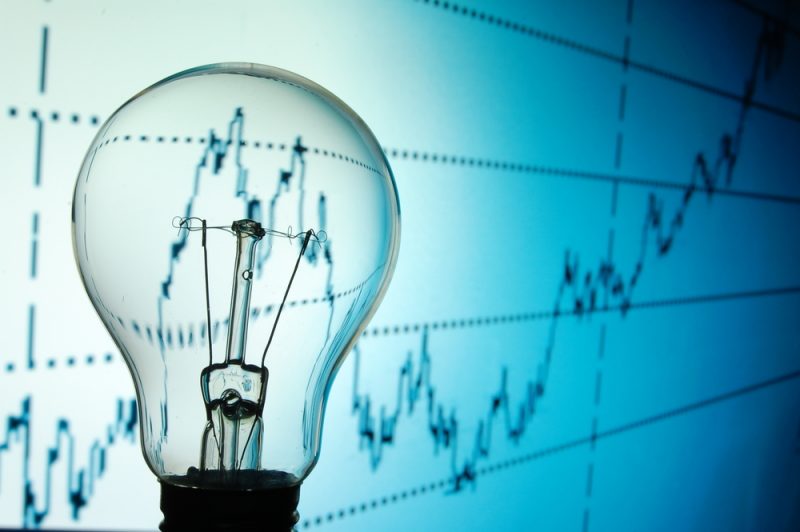Household lighting use varies between Midwest and West Coast

The United States Energy Information Administration (EIA) recently determined that in 2015, the nation’s average lighting consumption varied by hundreds of kilowatt hours between the Midwest and the West Coast.
The nation consumed an average of 1,105 kWh for lighting, but in the Midwest’s West North Central states, that figure went as high as 1,333, while the Pacific West Coast states saw it drop as low as 911 kWh. These figures, pulled from EIA’s Residential Energy Consumption Survey (RECS) and based on models supported by household surveys and energy bills, focused on number of bulbs, hours of usage and bulb types.
Hours of usage didn’t so much vary. Types and number of bulbs, however, contributed significantly to the regional variance.
It should go without saying that households with less bulbs had lower lighting consumption. However, households with fewer incandescent bulbs also tended to have lower-than-average lighting consumption. Those high Midwest figures coincided with a 46 percent share of incandescent bulbs and the highest number of homes with 40 or more bulbs. By contrast, the Pacific coast states had lower bulbs overall and only reported 35 percent of them to be incandescent.
Bulbs continue to change in the U.S., though, so these shares could still change. At the time of the last RECS survey, the U.S. lighting market had just seen new federal efficiency standards phased in over the 2012 to 2014 period, so homes were being stocked with more efficient options. The picture of evolution is further painted by the third quarter 2018 estimates of U.S. bulb shipments tallied by the National Electrical Manufacturers Associations (NEMA). At that time, they determined that general service LED bulbs accounted for 65 percent of bulb shipments, halogen bulbs 28 percent and CFL bulbs 7 percent. Traditional incandescent general services bulbs are no longer sold in U.S. stores.
